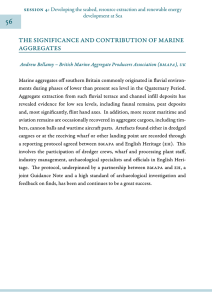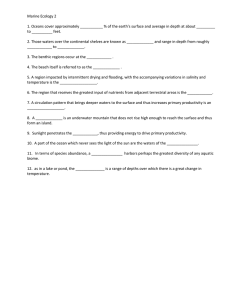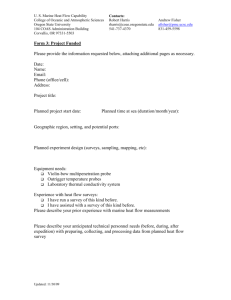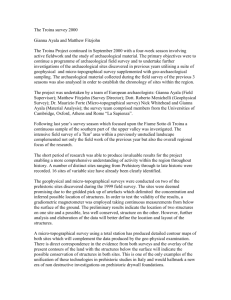73
advertisement
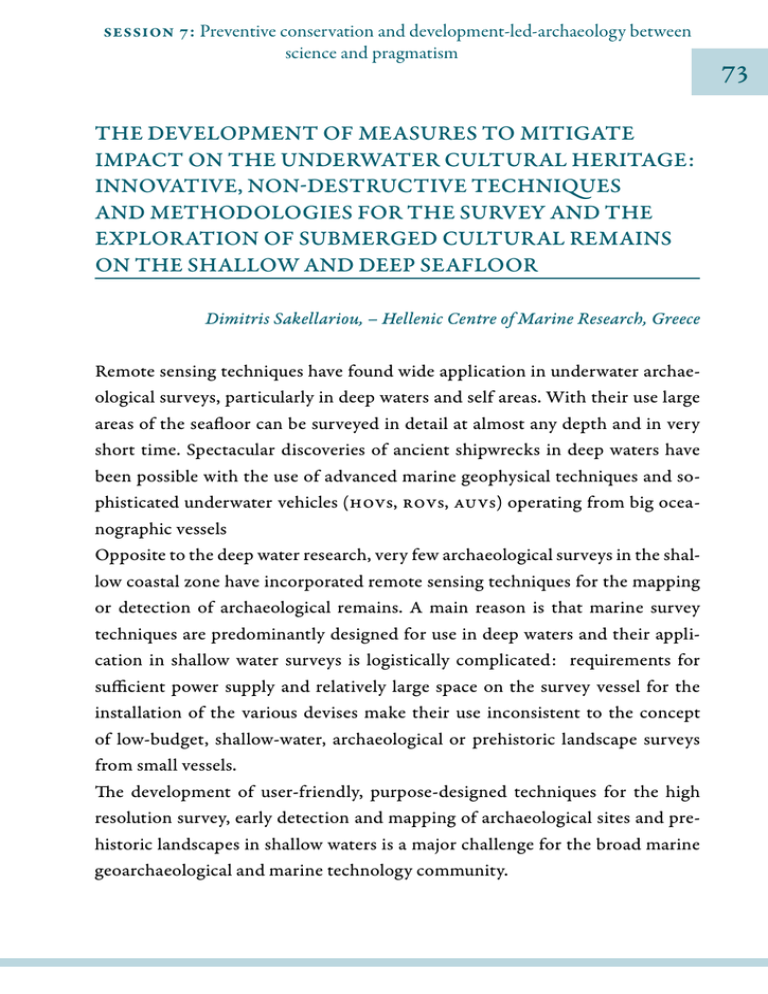
Session 7: Preventive conservation and development-led-archaeology between science and pragmatism The development of measures to mitigate impact on the underwater cultural heritage: Innovative, non-destructive techniques and methodologies for the survey and the exploration of submerged cultural remains on the shallow and deep seafloor Dimitris Sakellariou, – Hellenic Centre of Marine Research, Greece Remote sensing techniques have found wide application in underwater archaeological surveys, particularly in deep waters and self areas. With their use large areas of the seafloor can be surveyed in detail at almost any depth and in very short time. Spectacular discoveries of ancient shipwrecks in deep waters have been possible with the use of advanced marine geophysical techniques and sophisticated underwater vehicles (HOVs, ROVs, AUVs) operating from big oceanographic vessels Opposite to the deep water research, very few archaeological surveys in the shallow coastal zone have incorporated remote sensing techniques for the mapping or detection of archaeological remains. A main reason is that marine survey techniques are predominantly designed for use in deep waters and their application in shallow water surveys is logistically complicated: requirements for sufficient power supply and relatively large space on the survey vessel for the installation of the various devises make their use inconsistent to the concept of low-budget, shallow-water, archaeological or prehistoric landscape surveys from small vessels. The development of user-friendly, purpose-designed techniques for the high resolution survey, early detection and mapping of archaeological sites and prehistoric landscapes in shallow waters is a major challenge for the broad marine geoarchaeological and marine technology community. 73
